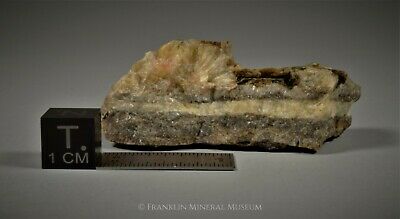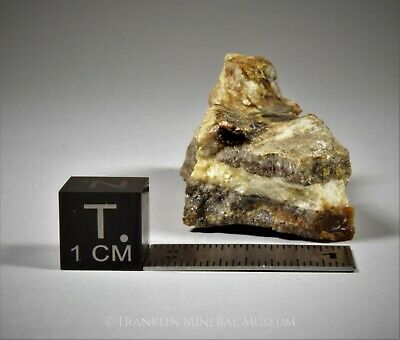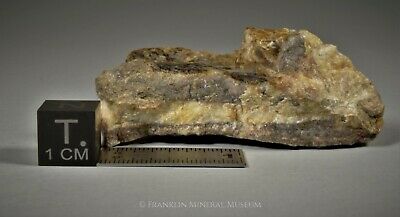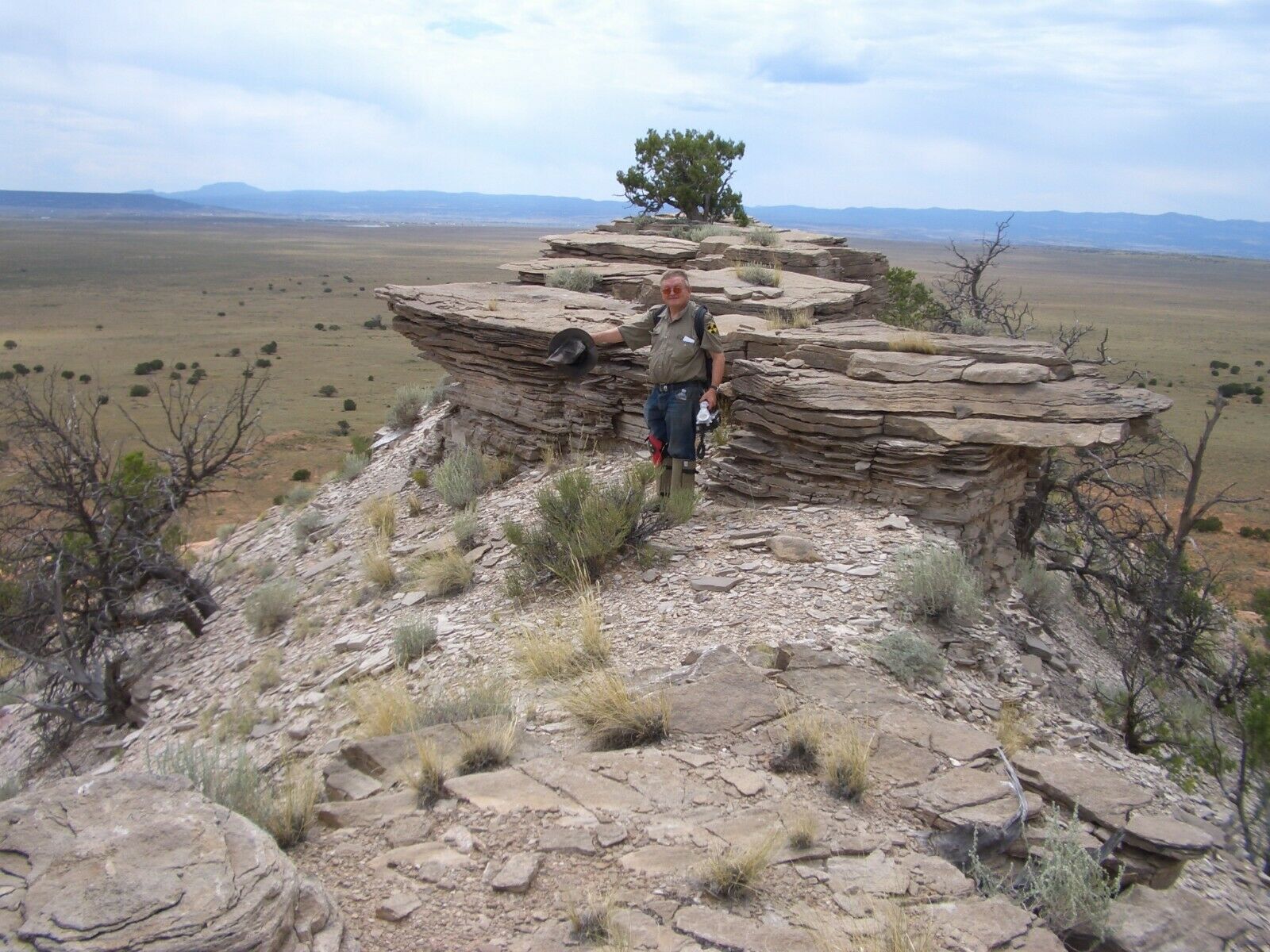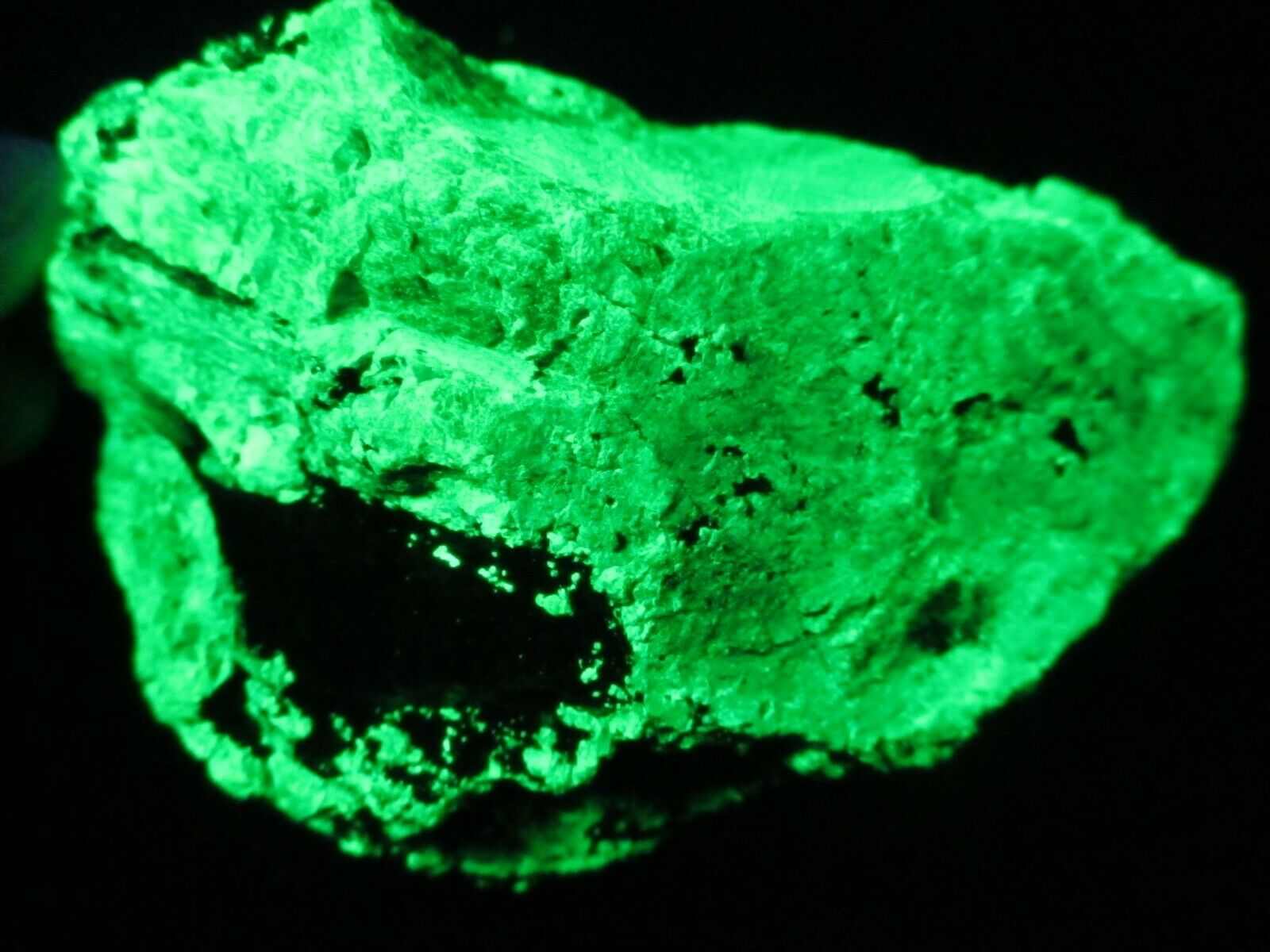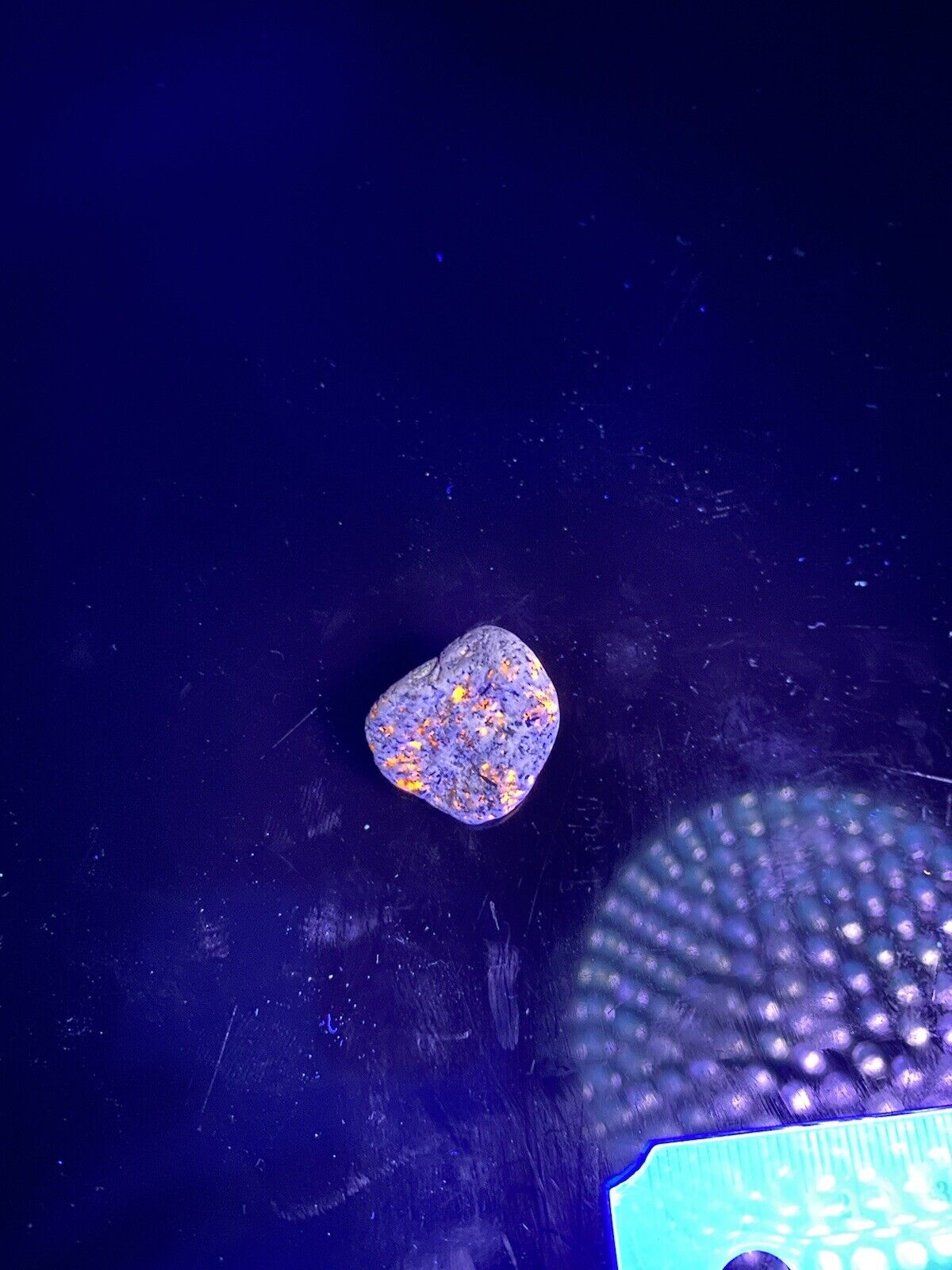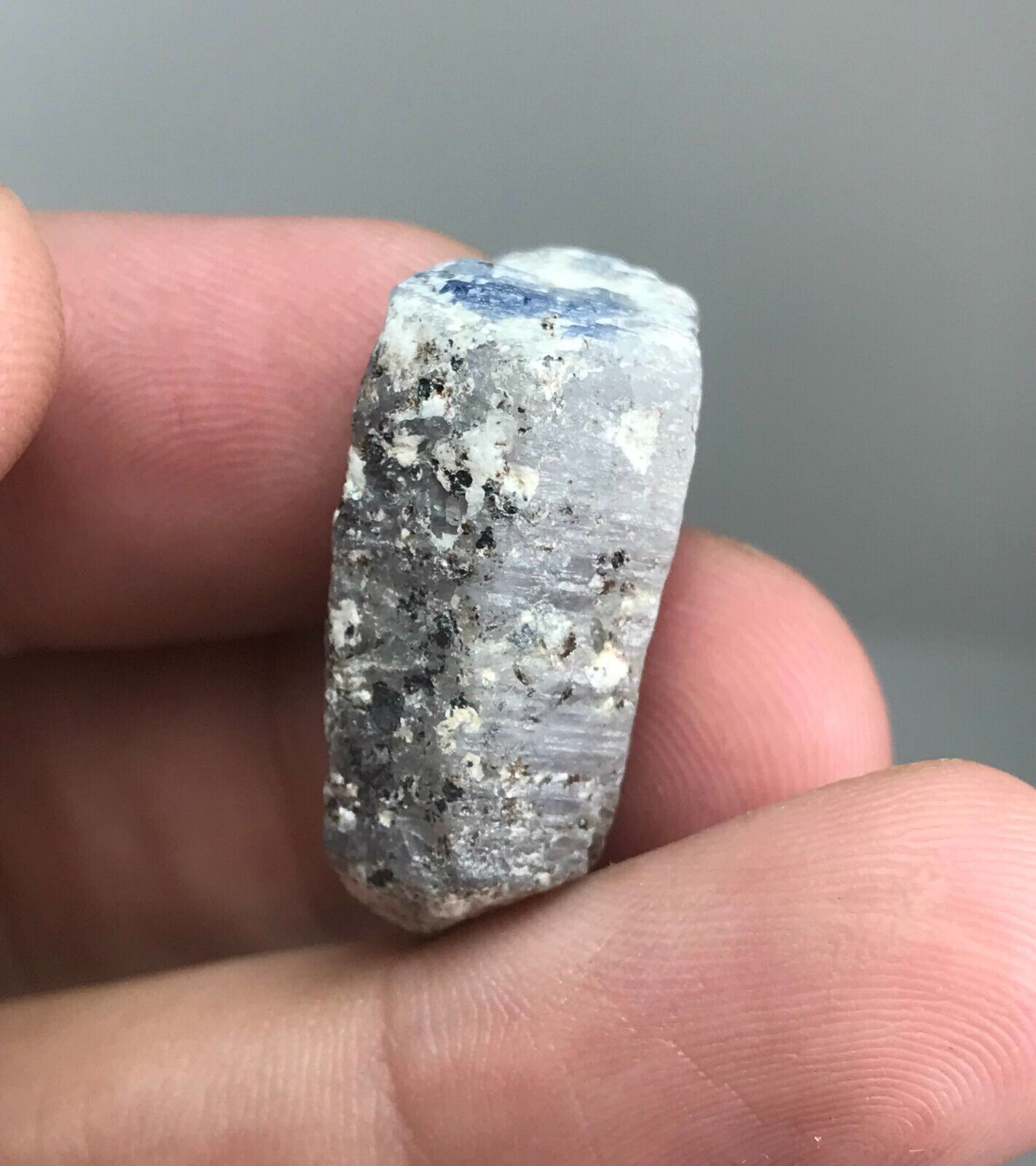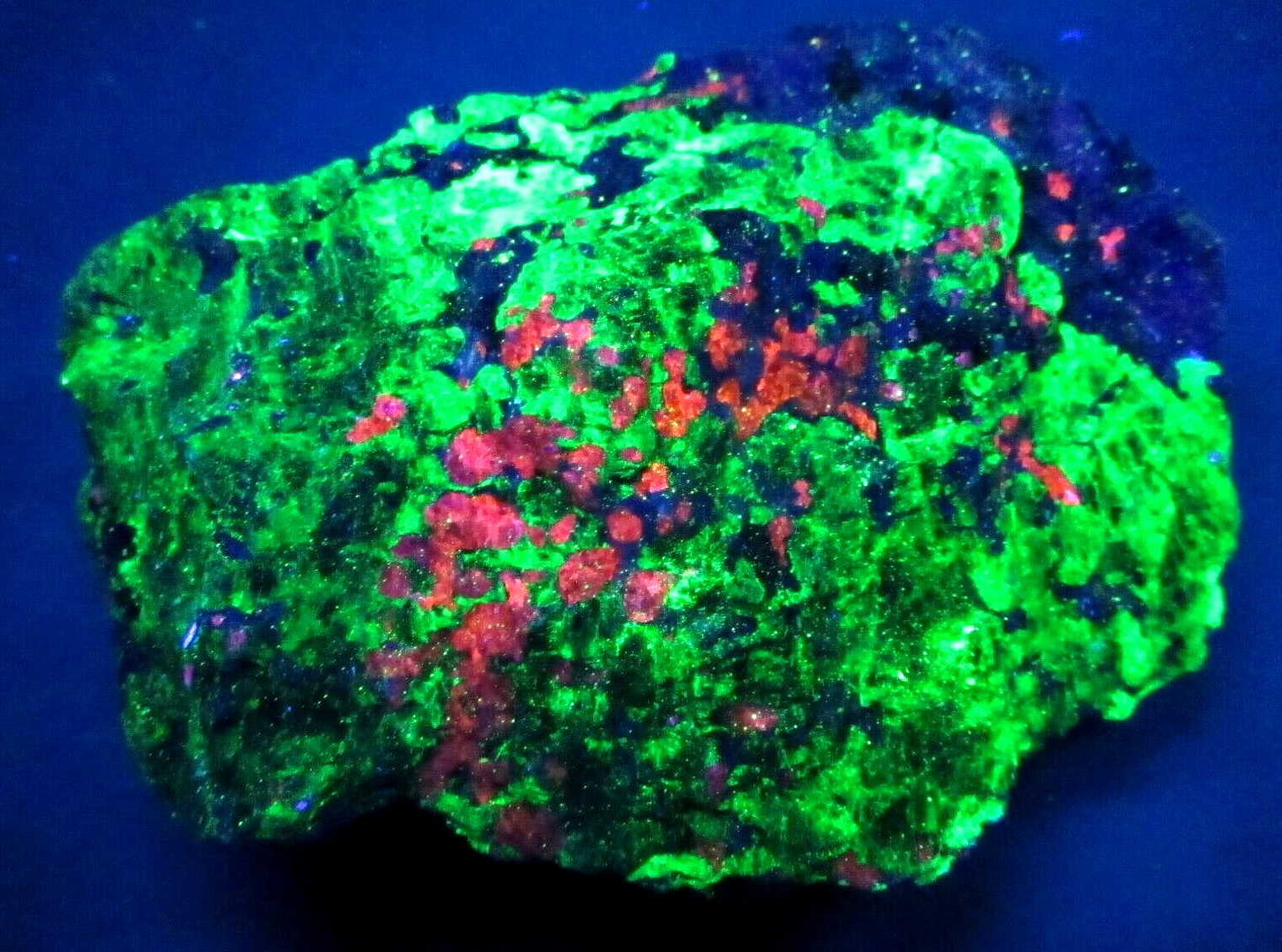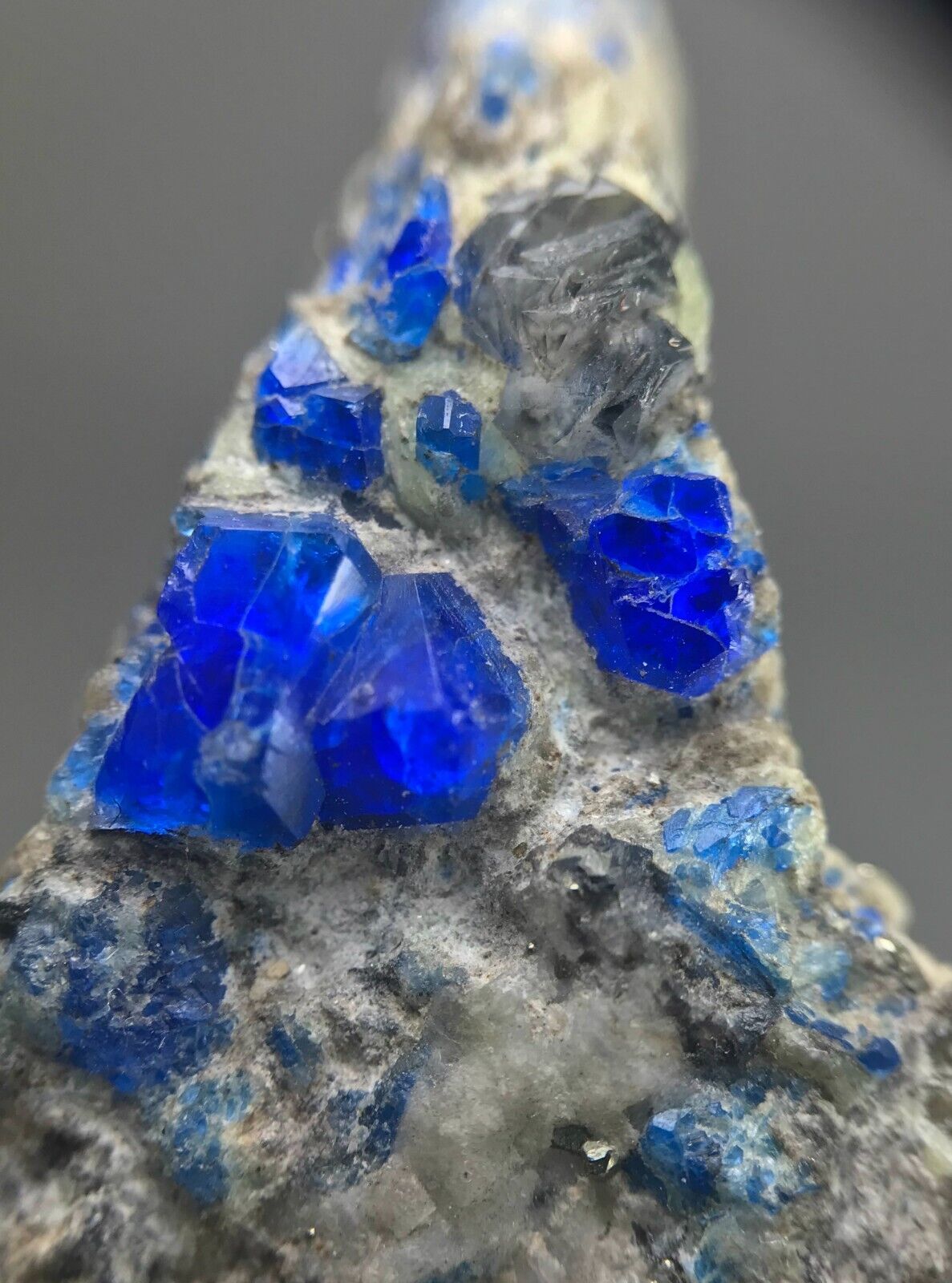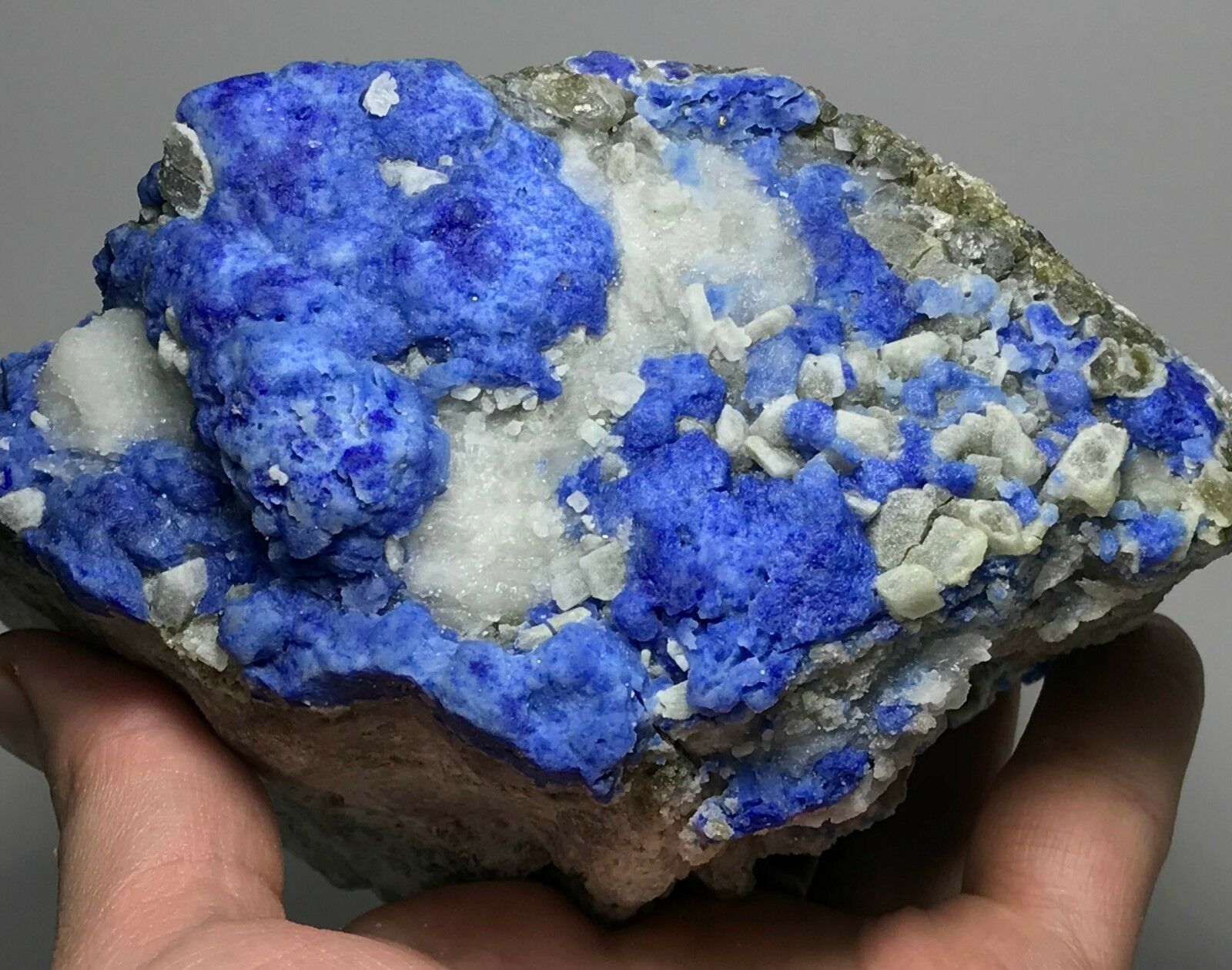-40%
Radiating willemite - Sterling Hill, Ogdensburg, NJ
$ 52.8
- Description
- Size Guide
Description
An example of a vein of radiating willemite. This is a miniature-sized specimen of vitreous, semi-translucent willemite with a pale yellow color. The vein texture is mostly massive, with small portions of the vein having a subtle radiating texture. There is a plumose, radiating section standing up from the vein. This type of willemite is known for its brilliant bright green fluorescence under shortwave (254nm) ultraviolet light. There is a long-lived (~60+ seconds) phosphorescence. Willemite was named after King Willem of the Netherlands after the locality at the Moresnet (Plombières-Altenberg-Moresnet) mining district, Verviers, Liège Province, Belgium. This species was previously discovered in 1825 and was identified as "siliceous oxyde of zinc" by Lardner Vanuxem and William Hypolitus Keating. At the time, "siliceous oxyde of zinc" was a synonym of electric calamine, now known as hemimorphite. A series of errors and misunderstandings eventually led to the Belgian location getting the type locality attribution rather than Franklin. Though small, this example will fulfill the need of any fluorescent collector wanting a radiating willemite in their collection.Dimensions are
5.5x2.3x2.2cm - 2¼x1x1in.
Please note the centimeter cube and inch bar for scale.
Weight in grams and ounces:
31.2g - 1.10oz.
From the
Sterling mine, Ogdensburg, NJ., 935 stope, 700'-level.
The previous collection this specimen was in is
#168, Dave Obolewicz.
#168 is the museum's Collection Sale number previously offered in the museum shop.
>>> We do
COMBINED SHIPPING
for multiple items. To
request
an invoice from us that combines shipping
ALWAYS
, click the
Add to cart
button on eBay to add items until you are done.
DO NOT PROCEED
to checkout; instead, click the
Request Total from Seller
button. <<<
=== There is an instructional video on how to request combined shipping is here
https://www.youtube.com/watch?v=FvDe7Fg7R4Q
===
All potential buyers need to be aware that being able to view fluorescent minerals requires an ultraviolet lamp. Most of the minerals from the Franklin and Sterling Hill zinc mining district fluoresce under
shortwave ultraviolet light
.
The shortwave wavelength is
254nm
or otherwise known as
UV C
. Always read the description carefully to determine if the main mineral of interest for a particular specimen will fluoresce.
ALL
fluorescent minerals depicted in our storefront are illuminated by two (2) 9 watt Triple short/mid/longwave AC Model 9SM-110 Way Too Cool LLC ultraviolet lamps, and the shortwave tubes and filters were replaced in late 2018.
There are several available brands and models of ultraviolet lights on eBay and other online sources. For further information on ultraviolet light and fluorescent minerals, copy and paste the following and go to >>>
geology.com/articles/fluorescent-minerals
.
>>>>
We Buy Collections
<<<<
DISCLAIMER: Every reasonable effort was made to identify the mineral species noted in each specimen accurately. The occasional label from previous collection(s) may misidentify some species, and the current title and description here reflect the latest mineral species identification.
A modest effort was made to depict a fluorescent specimen accurately as possible.
In some cases, overexposure should be expected in select photographs to compensate for a fluorescent specimen's weak response.
All buyers should exercise safe viewing practices regarding the use of ultraviolet light. Visual dark adaption is highly recommended in the optimal viewing of fluorescent minerals. Buyers should also be aware of what type of lighting to view the specimens under. This can result in perceived differences of color and contrast due to color and contrast shifting under various kinds of lights available.
All photographs were taken with a Nikon D5300 digital camera with a Nikon DX AF-S 18-55mm lens attached with a UV filter. Lighting was done with a pair of OSRAM 8.5 watt LED A19 5000K 800 lumens bulbs in brushed aluminum reflectors. The photographs were processed on a color-calibrated flat panel monitor. Do note the Imperial measurement conversion is the nearest equivalent to the listed metric measurement.
--- All photographs appearing on this listing or any other Franklin Mineral Museum listing are the property of the Franklin Mineral Museum. Photographs
can be used strictly for personal use onl
y
. Otherwise, the photographs posted here are protected by U.S. Copyright Laws. They are not to be downloaded or reproduced for public use or distribution in any way without the written permission of the Franklin Mineral Museum. ---
